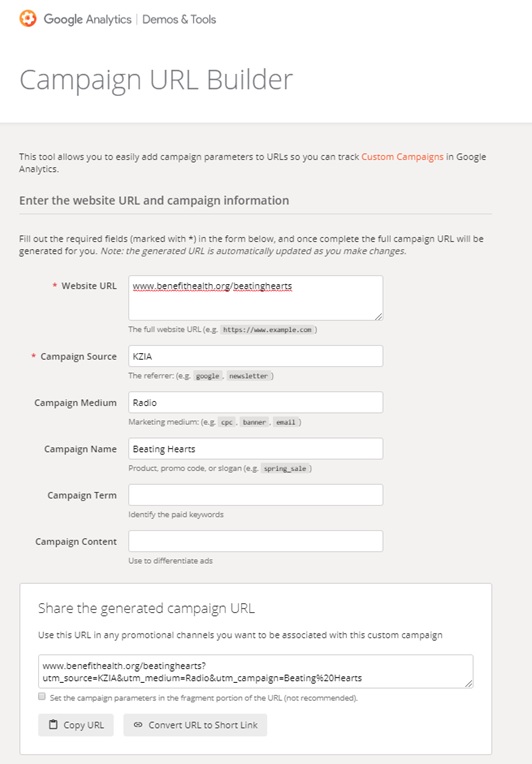How to get internal buy-in for physician ratings & reviews
Even though you’re armed with the latest data and all the right talking points – like the fact health consumers are using ratings and reviews today to make decisions – you’re either worried it might not be enough or your pitch is already falling flat. In our experience, you’re right to be concerned. This type of initiative – one in which your own organization opens the door to a transparent view of a doctor’s practice and bedside manner for all to see – is bound to elicit an emotional response.
Knowing that emotions can often play a role in how doctors and other key stakeholders react will help you adjust your sales pitch in a way that can increase your likelihood of success.
Tip #1: Start with empathy
Physicians are apt to be concerned about their own health system or hospital posting potentially negative reviews about them on organization-owned digital properties. It does seem counter-intuitive …. “Why in the world would marketing put negative information about our own doctors on our organization’s website? Are you out of your mind?” …. is an actual question I’ve heard. It’s a valid concern, and one that requires not just data but a serious dose of empathy to overcome. After all, no one likes to have negative information shared about them, especially in a public forum.
When you talk with doctors, acknowledge all of the stress they’re already under and just how thinly stretched they are (EMRs, patient satisfaction goals, RVUs, spend reduction plans, and on and on). They may see ratings and reviews as just one more thing on an already long list of stressors that are taking the joy out of medicine for many. Start by acknowledging this reality, and show how what you’re proposing will help improve their business, not detract from it. Proactively showing empathy can help to temper initial negative knee-jerk reactions, and set the stage to share critical data that will have a better chance of being well-received.
Tip #2: Use data to your advantage
Being a late adopter does have its benefits – and one of them is that there’s a lot more data at your fingertips! Use it to your advantage.
Once you’ve shown empathy for your doctor’s overflowing plates and acknowledged their concerns, proactively highlight data that proves that despite initial internal concerns, and even while posting negative reviews, other organizations have had success. Reach out to a few colleagues whose health systems already have a ratings and reviews program in place, and ask them for insight and advice – as well as their approval to use a testimonial or two that will help your case.
Point to as many success examples as you can. Show how this initiative is resulting in more new patients, improved satisfaction, and/or in more repeat patient visits at other organizations.
You can also share how critical it is to own your own story. Provider reviews are out there and they’re not going away. Instead of letting the conversation happen around you, you can take control by publishing this information on your own site. Most third-party review sites have a relatively low numbers of reviews, but your organization already has thousands of patient satisfaction surveys from real patients that, when combined, are statistically significant. Publishing that data will help you own and manage the story by presenting an accurate picture.
You’ll also want to underscore and clearly articulate the tie-in with Patient Experience initiatives, which leads to tip number three.
Tip #3: Partner with patient experience
In many organizations, pitching your ratings and reviews program as a marketing-only initiative can doom you to failure before you take your first step – especially if marketing isn’t getting the respect it deserves. Get your Patient Experience team on board first, and then sell the ratings and reviews initiative together, in partnership. If doctors see ratings and reviews as a marketing “ploy,” (and some will, however far from the truth that is) they will be far less likely to buy in.
Tying ratings and reviews to patient experience goals and initiatives is a natural fit – it’s something they’re already being held accountable for and may even hit them directly in their pocketbooks.
Go into your internal sales efforts as partners, focused on helping your doctors and organization achieve goals they’re already being held accountable to, and you’re already on the path to success.
Tip #4: Find a physician ally
While some doctors aren’t going to get in the ratings and reviews boat with you no matter how hard you try, there’s likely to be several who are excited about the initiative. Identify a few – especially those who are already official leaders or key influencers – who’ve been supportive of marketing and who respect the Patient Experience team, and meet with them first to get their input and try out your pitch.
Getting even just one influential physician ally on your side will be incredibly helpful as you sell the initiative to the larger organization, particularly in clinical or division meetings when tough questions are raised, emotions are raw, and you’re on the spot. A physician ally is always likely to jump in and help answer questions from their peers. And having a peer who’s already on board can go a long way to quell other doctors’ fears and objections.
The same is true for executives. If there’s an executive you can get on board early, you’ll benefit from that alliance.
Tip #5: Go in with logistics figured out
One thing leaders and doctors will surely ask you right away is how you will determine which patient comments get posted and which ones won’t. Make sure you know what criteria you’re going to use and be prepared to share it.
Additionally, it’s important to know what your plan is if a doctor disagrees with a comment that’s been posted. What recourse do they have? Make sure you’ve worked with your Patient Experience, Legal, and/or Compliance teams to draft an initial escalation plan. Who is the final decision maker? How do physicians submit a complaint? Bring the plan with you to your meetings and ask your leaders and doctors for their feedback.
You may also hear concerns about not knowing what the data looks like before it goes live. To help quell fears, you can test the addition of ratings and reviews first on your staging site, letting doctors and staff have the opportunity for review and testing first before it rolls out to the public.
Doing all of this up-front work will show that you’ve thought through potential concerns proactively, you’re respecting their time, and it may also save you from having another round of meetings.
Expect some resistance!
As a former healthcare marketer who sold this exact project to a system with more than 300 employed providers, here’s my biggest tip: Don’t expect immediate buy-in. In fact, anticipating a negative response and acknowledging the validity of it will help set you up for the greatest chance of success. While prep work will take a lot of time and up-front effort, planning and anticipating effectively will be well worth it. And don’t underestimate the value of physician and executive allies. After all, the best defense is a great offense.
At Geonetric, we’re all about helping our clients develop and execute on their digital strategies. If you need help selling the value of online physician ratings and reviews at your organization contact us today!










